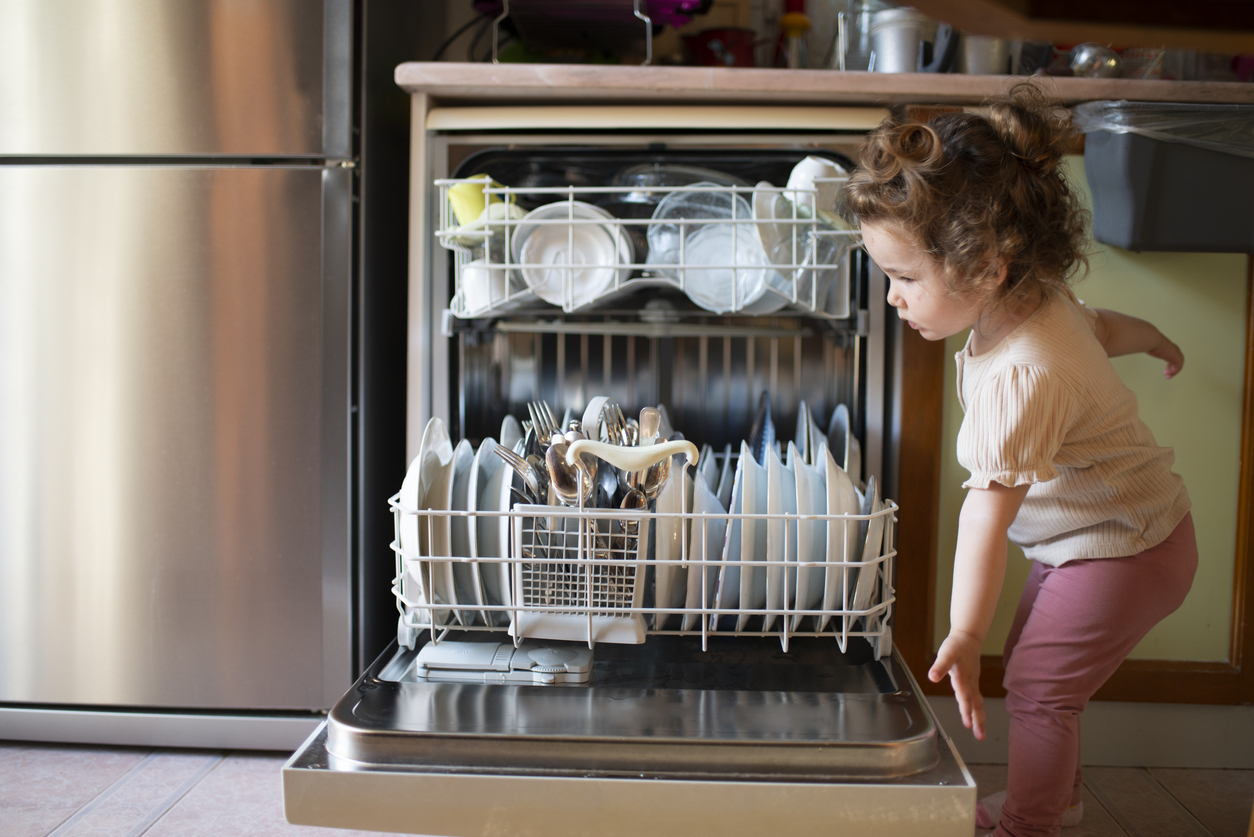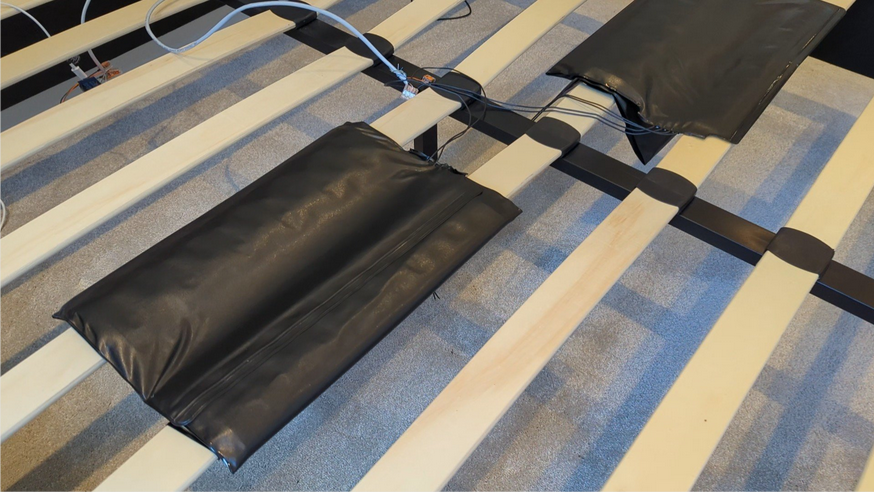
Sustainability as a holiday tradition has taken its place alongside twinkling lights, celebrations with families and friends and presents under the tree. A 2021 Accenture survey found that steps toward sustainability – making homemade gifts, secondhand shopping and not using traditional wrapping paper – had emerged as serious holiday season trend in the U.S. In Canada, according to a 2022 EY survey, people are working to reduce food waste on food waste, seeking ways to use less energy at home, and looking for information about more sustainable shopping choices this holiday season.
It’s clear that many are looking to make less of an environmental impact with their holiday celebrations. If you are among them, one easy way to use less water is to stop pre-rinsing dishes before you load them into your dishwasher.
If you consider the number of dishes and utensils that go into an average-sized dishwasher load, those quick rinses can add up to serious water savings.
But habits can be hard to break, and a few questions might be running through the minds of habitual pre-rinsers right now, like…
Is my dish too dirty for the dishwasher?
Scrape the excess food off your dishes, ideally into a food waste disposer. A dish is rarely “too dirty” for a dishwasher. When dishwashers are tested under AHAM’s test procedure, testers apply a mixture of egg yolk, creamed corn, oatmeal, instant mashed potatoes, ground beef, coffee, raspberry preserves, peanut butter and tomato juice. That’s almost certainly a bigger mess than anything served at your holiday party. Trust that your dishwasher to do the job for which it was designed.
Doesn’t hand-washing save water?
In the vast majority of cases, no. Washing a full load of dishes in the sink can use 10 or more gallons of water, according to the U.S. Environmental Protection Agency. A kitchen faucet runs at a rate of about 2.2 gallons a minute. Compare that to newer ENERGY STAR dishwashers, which use a maximum of only 3.5 gallons of water per cycle. Even newer non-ENERGY STAR models max out at 5 gallons of water per cycle.
Should I still run my dishwasher if it isn’t full?
Yes. Some models include “half-rack” or “half-load” settings for smaller loads of dishes. The dishwasher will still save water, even if it isn’t full.
Do I have to hand-wash pots and pans?
No. Place them face down on the bottom rack, where they are close to the full force of the water. Just make sure they are not blocking the spray arms.
I have four dishes left over and my dishwasher is full. Should I try to cram them in?
Put them aside until your next load of dishes. Overloading your dishwasher can interfere with the cleaning cycle. Remember, any water you use by hand-washing dishes will be in addition to the water used during the dishwasher cycle. Save yourself the water and the work.
I heard you can cook in a dishwasher. Since I’m saving water, should I try that to save energy?
No. It’s unsafe and is a bad idea for a number of reasons. Save your holiday cooking for your range, oven and other cooking appliances.
Subscribe to the AHAM Consumer Blog







